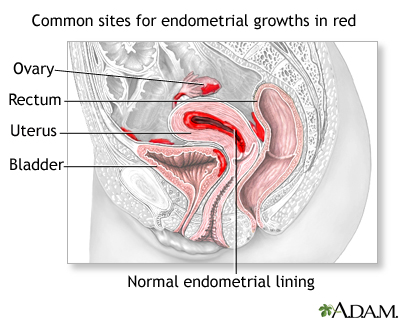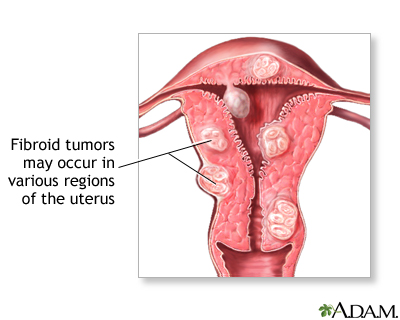

  |
When couples seek help for infertility, they discover a wide array of available tests and treatments. While the thought of surgery can be frightening, reproductive surgery is one of the many options that we now have to help attain pregnancy.
Sometimes, an anatomic problem prevents a couple from conceiving. Surgery can help fix the obstruction, whether it’s a scarred tube or an abnormally shaped uterine cavity. In men, varicoceles (varicose veins in the scrotum) can often be a problem. Men and women who have undergone sterilization (vasectomy or tubal ligation) may also undergo surgery to try to regain fertility.


Doctors may recommend a surgical treatment based on the patient, her fertility problem, and the method with which the surgeon is most comfortable. If the surgery goes smoothly, most fertility procedures can be done on an outpatient basis.
Endometriosis: For women who are suffering from endometriosis, surgery can be done to remove, or lessen, the amount of abnormal tissue in the pelvis. This can be done through:
Scarring, obstruction or damage from infection or other reasons: If there is scarring of the tubes, any of the above mentioned surgeries may be considered. Scarring or abnormalities within the uterus can also be treated surgically with hysteroscopy. In this procedure, the surgeon passes a tiny fiber optic camera through the cervix and into the uterus. This camera allows the surgeon to see the inside of the uterus. He or she can then repair scarring and remove polyps or fibroids that are immediately beneath the uterine lining. Some surgeons may also attempt to repair blocked tubes through hysteroscopy, by threading a camera into the fallopian tubes.
Fibroids (benign tumors of the uterine muscle): Fibroids can be removed by one of the following procedures.
Reversal of tubal ligation: For women who wish to reverse a previous sterilization, the surgeon may use laparoscopy or laparotomy with microsurgery.
For men who are infertile, the conditions that require surgery are more limited:
Varicocele repair (also referred to as varicose veins in the scrotum): The surgeon makes a small incision, ties off the varicose vein, and restores fertility. A new treatment is being studied which involves blocking blood flow to the affected veins. A tiny incision is made in the leg or neck of the patient where a catheter is inserted and the doctor then releases pellets to block blood flow to the varicose vein.
Reversal of vasectomy: This surgery needs to be performed by a surgeon experienced in microsurgery.
As with all surgeries, there are risks. Some patients have reactions to anesthesia, although these are quite rare. The procedure itself may cause bleeding, infection , or injury to other organs. If complications occur, patients may have to stay in the hospital for a few days.
Coverage for infertility treatment, whether surgical or medical, varies from state to state and from insurance plan to insurance plan. Before you have a procedure, ask your doctor’s office to confirm what portion, if any, of the procedure will be covered. Surgery to treat problems other than infertility, such as pelvic pain in a patient with endometriosis, may be covered, and the procedure may also help improve your fertility. Surgery to reverse a prior sterilization is generally not covered by insurance.